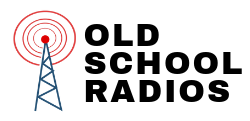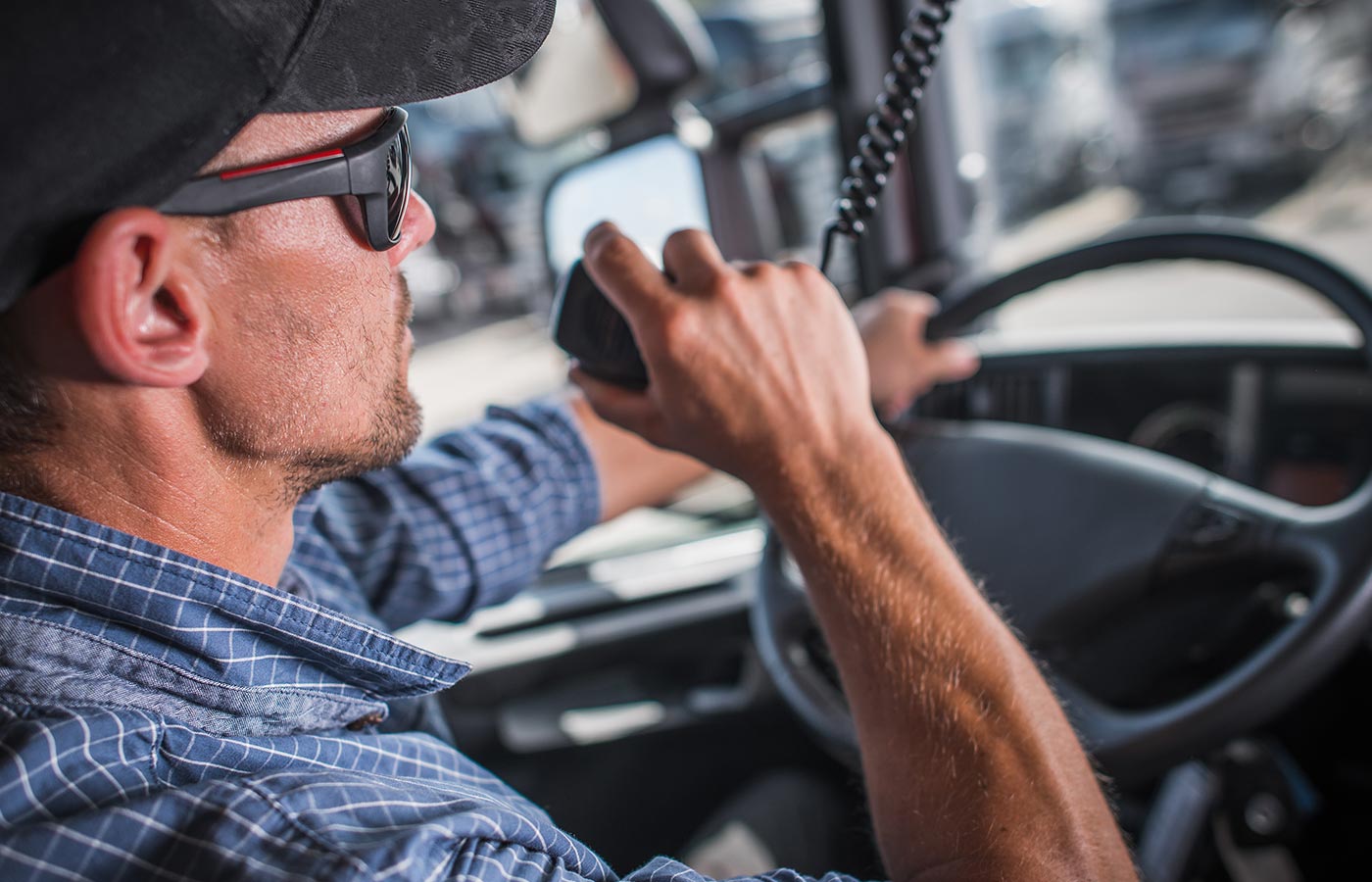What Is A CB Radio
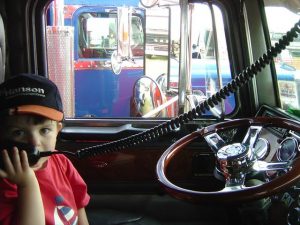
CB radio (Citizens Band radio) is a means of communication under the land mobile radio system which allows bidirectional voice communication between two people over a short distance with both parties using two-way radios.
Although multiple CB radios share the same frequency channel, only one of them transmits at a time. Each radio has a receive mode for accepting transmissions as well as a push to talk button for transmitting information. CB radios usually have a range of about 3 to 20 miles. However, this can be less in some terrains.
Citizens Band radio is not a worldwide radio service. Instead, different countries have their own CB radio service each with its technical standards and licensing requirements. Almost everyone can make use of a CB radio. There are no age restriction and the licensing rules are quite lax.
How Does A CB Radio Work
A CB radio has an antenna which captures incoming signals in the form of radio frequencies. These are then converted into electrical signals by the radio’s receiver. The antenna also collects electrical signal from the transmitter when you speak into the microphone and converts it into outgoing radiofrequency.
Modern CB radio has up to 40 channels each with its specific frequency. To collect and transmit signals, the radio must be properly tuned using an SWR meter. This allows the antenna to match the wavelength of the transmitted frequency precisely. Since CB services are shared channels, only one user talks over the line per time.
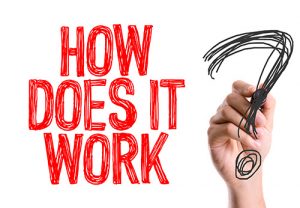
Most CB radios feature an AM mode although most higher-end models also offer a Single SideBand mode which is less noisy and offer a higher range than the AM mode. Based on this operation, CB radio does not make use of a cell phone signal but operates more like a shorter range radio or longer-range walkie talkie. This means it will still work in areas where cell phone signals are not available at all.
How Do I Use A CB Radio?
Basic radio communication skills are required to operate a CB radio. But this is just general knowledge and not a particularly specialized skill. Here is a simple guide for using CB radios you can follow.
Explore different channels: as earlier mentioned, CB radios allow you to access up to 40 channels. Some channels such as 9, 19 and 13 are dedicated for specific purposes and are quite popular. However, you should still scan through all the channels to find the one you would like to use for communication.
CB codes: CB radio users use CB codes for communication. Thus, it is important to learn this code before you begin. This is not a rigid rule but will simply aid communication with other users when you use the radio Here are some of the most popular ones.
- 10-1-CB is receiving poorly
- 10-9-Repeat message
- 10-2-CB is receiving well
- 10-20- to inquire about the current location
- 10-13-for inquiring about weather and road conditions
- 10-37-Speed trap at…
Radio check: A radio check is how you check to see if someone is willing to communicate on a channel. Listen in and monitor various channels on the radio. If other users are communicating on a channel, you should wait until there is a break before you issue a radio check. After issuing a radio check, listen for a while to see if anyone responds. You can switch to a different channel and issue a radio check again if there is no response.
Using your CB radio to communicate: You can choose one of the 40 channels available to communicate with your family or friends. You should choose a channel with minimal traffic for this. You can also decide on a unique phrase to identify your communications over this channel. Note that Channel 9 is for emergency communications only and can be used to contact law enforcement of emergency services in your area.
Additional rules when using CB radios:
- CB radio channels are not assigned to any specific individuals or groups. However, there are designated channels like Channel 9 used only for emergency communications. (emergency communication is given priority on all channels).
- AM signals are allowed to transmit at a maximum power level of 4 watts. But transmission in SSB mode can get as high as 12 watts. It is illegal to raise the power output of your CB unit using any type of amplifier.
- A CB radio is intended mainly for short-range communications. However, it is possible to increase the range of signals through a process called skipping or shooting skip (bouncing a signal off the ionosphere). Still, the maximum range allowed by law is 155.3 miles (250km).
- Finally, because CB channels are commonly shared by users, some basic rules on usage apply. For example, each person gets to talk on a channel only for 5 minutes at a time. You must also wait for at least a minute before you begin another communication.
Who Uses CB Radios
CB radios are useful during emergencies and disasters. They are utilized by emergency responders and police to communicate, especially when other more modernized means of communication like cell phones have been damaged due to disaster. However, CB radios also find their use in non-emergency settings as well. Here are some of the other use cases of CB radio.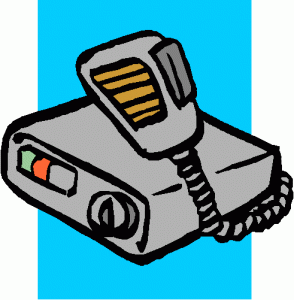
By truckers: Professional truck drivers use CB radio to relay useful information to their colleagues in the area. This is particularly important for disseminating information about weather conditions, traffic congestion, accidents, as well as business purposes (coordinating convoys, communicating with weighing stations, and coordinating pickups and deliveries). CB radios are the preferred choice for these purposes mainly because information over them is localized and immediate.
RV owners: RVers use CB radio for pretty much the same purpose as truckers. They can also use it to call for help in situations where cell phone signal is unavailable.
Motorcycle riders: A group of riders attending a large event or small gathering can use CB radios to coordinate their convoy.
Hunting, Fishing or Hiking: Hunting parties or those on a camping, hiking or fishing trip can use CB radio to communicate especially in areas where cell phone services are not available (which is almost always the case). It is less expensive compared to other popular or advanced options that are used in such scenarios (FRS and GMRS) and delivers greater range. Another reason why it is a top choice is that no license is required to operate it.
Off-Roaders and ATV riders: Off-roaders and ATV riders usually wander into areas with no cell phone reception. Most off-roading clubs require having a CB device for every participant. They use this to send out tips or warning about a specific trail or to call for help in case of emergency.
Survivalists: Independent communication infrastructure like CBs are ideal for survivalists. Rather than apply for licenses for devices like GMRS which offer a longer range than CBs, they prefer to boost the range of CB radios ( this act is illegal)
Final Thoughts
Although a lot of advanced and more sophisticate means of communication are available these days, equipment like CB radios still remain relevant for various purposes. They offer a sort of convenience and usefulness that is hard to come by in many modern communication devices. This is why hobbyists, survivalists, emergency workers and others still rely heavily on them.
CB radios have been around for several decades but are still just as useful today (but not quite as popular) even with more advanced communication devices available. The main purpose of a CB device is to receive and send out your voice. If you intend to purchase one for yourself you must ensure that the device you are buying can perform this function effectively. Here are some of the qualities you should check before you make a purchase.
RF gain quality: this refers to the CB unit’s ability to filter transmission based on the strength of the signal it receives. A CB radio with great RF gain can reduce background noise to deliver clearer sound.
RF power: while RF gain refers to the unit’s capture signal, the RF power determines the unit’s transmission. Not all units have RF power, hence you must check for this before you make a purchase.
Weather detection capabilities: this feature makes it possible for users to get instant weather reports and alerts from the NOAA radio stations. This feature is particularly useful if you intend to use your CB radio for functions that require you to be pre-informed about weather conditions.
Meters and indicators: for easy tuning and control, it is important that the SB radio unit your purchase has calibration meters and warning indicators. For example, Standing Wave Ratio calibration meter allows you to see and ensure that the radio antenna is tuned right to receive the best reception possible. The Antenna warning indicator light also warns the users when the SWR is improperly set.
Antenna type and design: SB radio antennas are made with different materials and come in a variety of length, types, and designs. The location of the antenna coil also varies from the base loaded, to the top-loaded as well as the center loaded type each with its specific pros and cons. Be sure to inquire more about this in choosing a unit that is just right for you.
Microphone: Almost all CB radio units come with a Microphone. However, you can decide to upgrade to a higher quality microphone if you want. However, if you choose a unit with a good sound you don’t have to worry about this.
